Таджик по происхождению, величайший учёный, Абу Али ал-Хусейн ибн Абдаллах ибн ал-Хасан ибн Али ибн Сина родился в 980 году.
Его отец, сборщик податей, человек культурный и состоятельный жил в селении Афшана, под Бухарой.
К двадцати годам молодой гений изучил всё, что знала наука его времени.
В 999 году умер отец и Ибн Сина покинул Бухару. Навсегда.
В дальнейшем он живёт в Хорезме и Хамадане, Абиверде и Тусе, Рее и Горгане, Казвине и Исфахане, становясь то визирем, то пребывая в тюрьме, но ни на один день не прекращая заниматься науками.

Самый плодотворный период научной деятельности Ибн Сины был в Хамадане с 1015 по 1024 годы. Его покровитель, властитель Хамадана Шамс ад-Даула назначил его своим визирем. Но в результате бунта он покинул Хамадан. Последние годы Ибн Сина жил и работал в Исфахане, продолжая заниматься науками. Он умер 18 июля 1037 года.



Ибн Сина внёс свой вклад в развитие всех известных в то время наук. Но человечеству он известен, прежде всего, как великий целитель. Уже при жизни о нём слагали легенды.
Об исцелении дочери бухарского купца рассказывали так…
…Девушка таяла на глазах от какой-то странной болезни. Все врачи оказались бессильны. Тогда купец пригласил Ибн Сину, который взял девушку за запястье и стал перечислять улицы Бухары. Затем попросил принести список имен тех, кто жил на определенной улице. При упоминании одного из них лицо девушки порозовело. Так по пульсу ученый узнал имя возлюбленного, о котором она боялась рассказать отцу, так как он никогда не согласился бы на их брак. Именно эти переживания и привели её на грань смерти…
Даже его смерть стала легендой…
…Народ был так уверен в гениальности Ибн Сины, что считали – ему удалось раскрыть секрет бессмертия. Перед смертью он, якобы, приготовил 40 снадобий и продиктовал правила их использования своему самому верному ученику. После смерти Ибн Сины, ученик приступил к оживлению, со страхом замечая, как немощное тело старца постепенно превращается в цветущее тело юноши. Как появляется дыхание, розовеют щёки. Оставалось последнее лекарство, которое нужно было влить в рот и оно бы закрепило жизнь. Но из дрожащих рук ученика выпал последний сосуд. Элексир разлился, впитался в землю и через несколько минут перед учеником вновь лежало дряхлое тело умершего учителя…
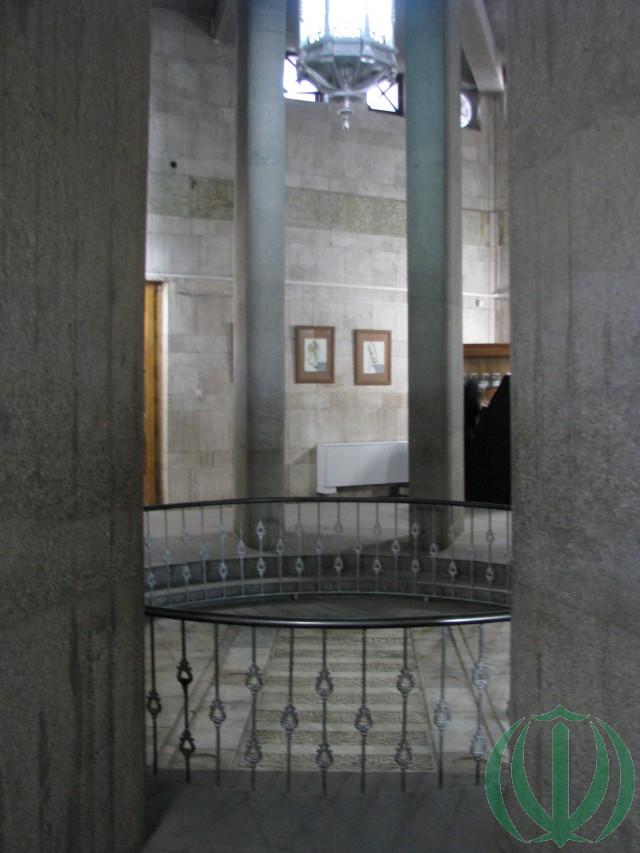
Прах великого целителя ныне покоится в Добром городе Хамадан. Здесь возведён мавзолей и создан музей. Имя Ибн Сины носит главная улица города
Улица Бу Али. Год 1395-й
Улица Бу Али. Год 1395-й
У входа в музей красивый парк – излюбленное место отдыха горожан всех возрастов. Вход в музей платный – 200.000 реалов (4,8 евро).
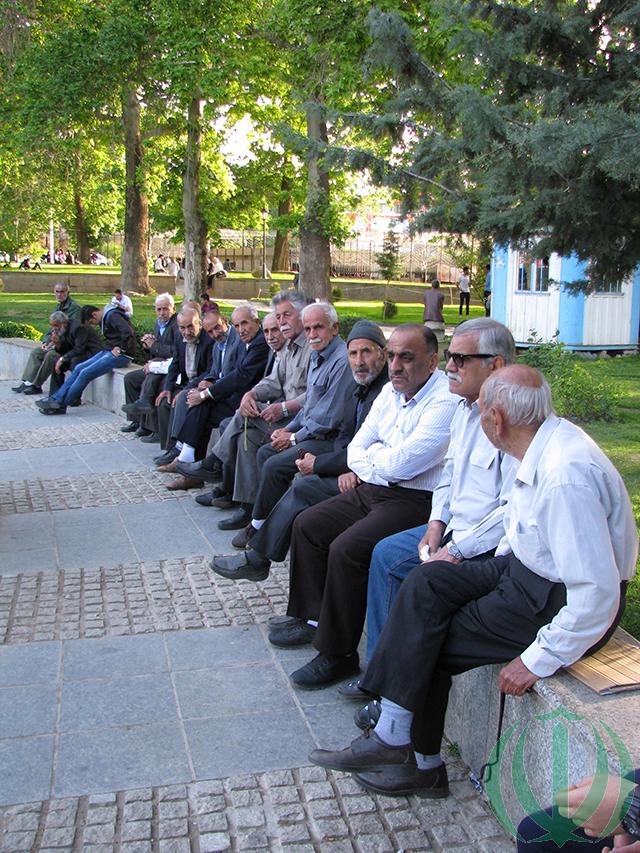


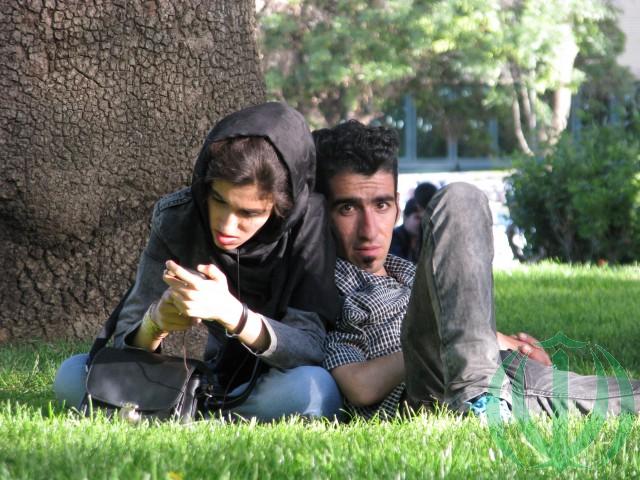
Имя Ибн Сины (Авиценны) сегодня известно каждому образованному человеку. Во многих странах увековечена его память. В 2006 году Правительство Республики Узбекистан подарило Риге монумент своего великого земляка. Работа скульптора Джалалиддина Миртаджиева была установлена в больничном комплексе Гайльэзерс.
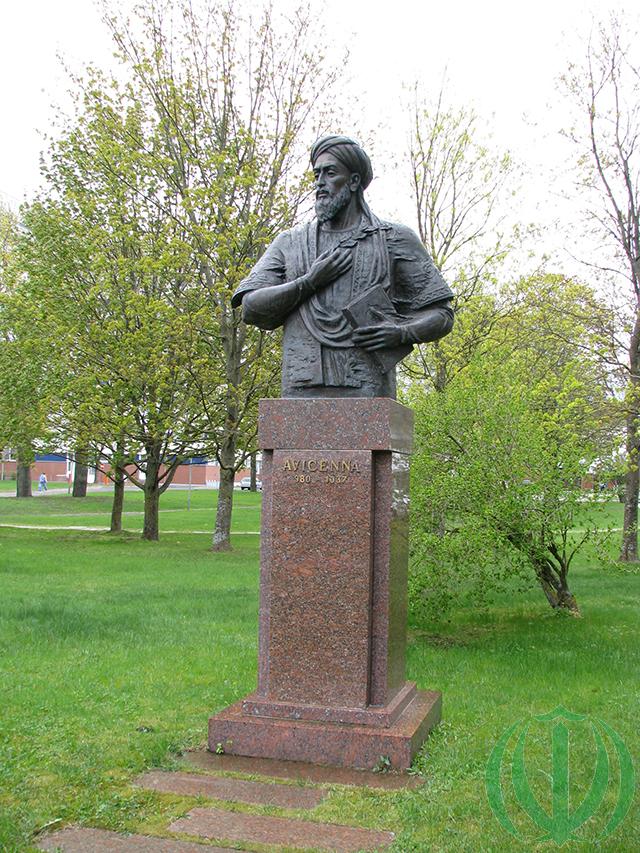
Дуэт “Два начала”. Ольга Соловьёва и Максим Денисов, поют песню “Душа”. Стихи Ибн Сины, музыка О.Соловьёвой.
The genius of mankind
Tajik by birth, the greatest scholar, Abu Ali al-Hussein ibn Abdallah ibn al-Hasan ibn Ali ibn Sina was born in 980.
His father, the tax collector, a cultured and wealthy man, lived in the village of Afshan, near Bukhara.
By the age of twenty, the young genius had learned everything that the science of his time knew.
In 999 his father died and Ibn Sina left Bukhara. Forever.
Later he lives in Khorezm and Hamadan, Abiverda and Tus, Rhea and Gorgan, Kazvin and Isfahan, becoming a vizier, then staying in prison, but not stopping to study science for a single day.
The most fruitful period of scientific activity of Ibn Sina was in Hamadan from 1015 to 1024 years. His patron, the ruler of Hamadan Shams al-Daula, appointed him his vizier. But as a result of the rebellion, he left Hamadan. In recent years, Ibn Sina lived and worked in Isfahan, continuing to study the sciences. He died on July 18, 1037.
Ibn Sina contributed to the development of all known sciences at that time. But to mankind, he is known, first of all, as a great healer. Already during his lifetime, legends were composed about him.
The healing of the daughter of a Bukharian merchant was told so …
… The girl was melting in front of some strange disease. All the doctors were powerless. Then the merchant invited Ibn Sina, who took the girl by the wrist and began to list the streets of Bukhara. Then he asked to bring a list of names of those who lived on a certain street. At the mention of one of them, the girl’s face turned pink. So the pulse of the scientist learned the name of the beloved, of which she was afraid to tell her father since he would never agree to their marriage. It was these experiences that brought her to the brink of death …
Even his death became a legend …
… The people were so confident in the genius of Ibn Sina, that they believed – he managed to uncover the secret of immortality. Before his death, he allegedly prepared 40 potions and dictated the rules of their use to his most loyal disciple. After the death of Ibn Sina, the disciple began to revive, fearfully noticing how the infirm body of the old man gradually turns into the blooming body of a young man. As breathing appears, cheeks turn pink. Remained the last medicine that needed to be poured into the mouth and it would consolidate life. But the last vessel fell out of the trembling hands of the disciple. Elixir spilt, absorbed into the ground and a few minutes before the student again lay the decrepit body of the deceased teacher …
The ashes of the great healer now rest in the Good City of Hamadan. Here a mausoleum was erected and a museum was created. The name of Ibn Sina is the main street of the city
Street Bu Ali. Year 1395th | Society “Baradaran-name”
Street Bu Ali. Year 1395th | Society “Baradaran-name”
At the entrance to the museum is a beautiful park – a favourite place for recreation of citizens of all ages. The entrance to the museum is paid – 200,000 reais (4.8 euros).
The name of Ibn Sina (Avicenna) is today known to every educated person. In many countries, his memory is immortalized. In 2006, the Government of the Republic of Uzbekistan presented Riga with a monument to its great compatriot. The work of sculptor Jalaliddin Mirtadzhiev was installed in the hospital complex Gaylezers.
Duet “Two beginnings”. Olga Solovyova and Maxim Denisov, sing the song “Soul”. Verses by Ibn Sina, music by O. Solovyova.


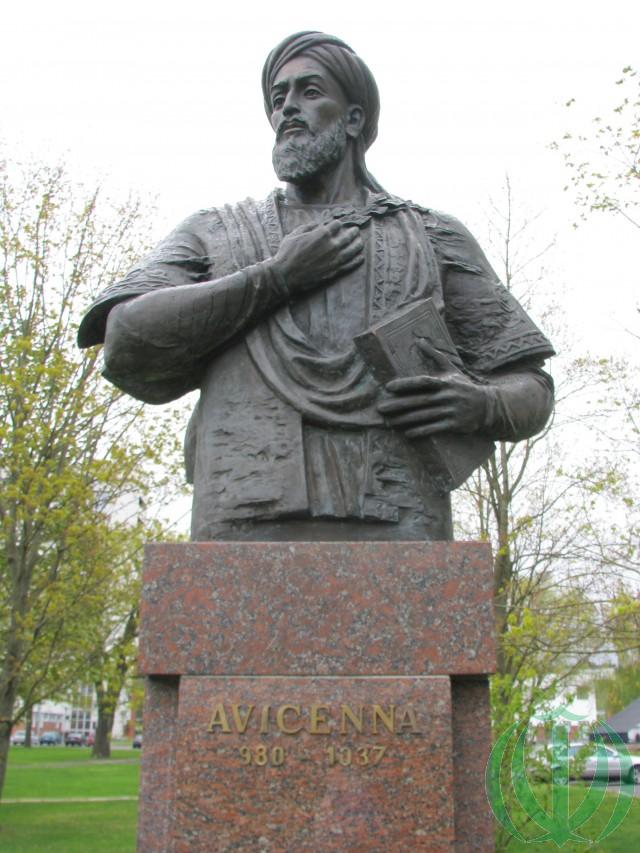
0 Comments